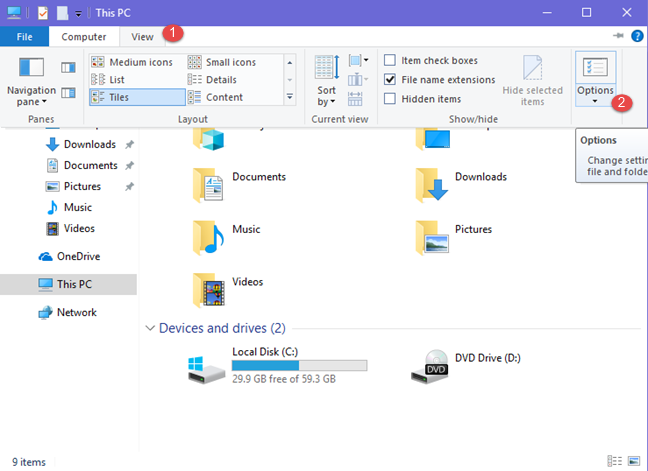

Folder Size Explorer calculates folder size, folder count, and file count.

You can customize the toolbar background. Folder Size Explorer looks just like Windows Explorer. You won’t have any problems getting Folder Size Explorer up and running on a Windows PC. You can easily access the following options: calculate folder size, show folder count, show file count, calculate MD5, SHA-1, or SHA-256 checksums, show size in B, KB, MB, of GB, limit the number of threads, search, show hidden folders and files, autofit columns, save column order, export as CSV, open the Folder Size Explorer website.įolder Size Explorer calculates folder size, folder count, and file count for any drive or folder you select. The toolbar’s background can be customized you can pick a preset pattern or a custom color for the toolbar background.įrom the aforementioned toolbar you can customize the way Folder Size Explorer works. There’s a toolbar at the top of the application’s interface. The nice thing about this is that you will immediately feel at home with the interface. The simple truth of the matter is that you won’t have any problems getting Folder Size Explorer up and running, no matter what Windows edition you have.įolder Size Explorer looks just like Windows Explorer. That’s any Windows edition from Windows XP and Server 2003 up to Windows 8.1 and Server 2012.

On the panel to the right on the application’s interface I saw what folders are stored on drive C, how much space they take up, how many subfolders and how many files are stored within each folder, and the last time the folders were modified.įolder Size Explorer works with 32- and 64-bit Windows editions. After I selected drive C and after Folder Size Explorer was done analyzing it, I saw the following information down at the bottom of the interface: 75% free, 67,133MB, 185440 files, 26329 folders.


 0 kommentar(er)
0 kommentar(er)
